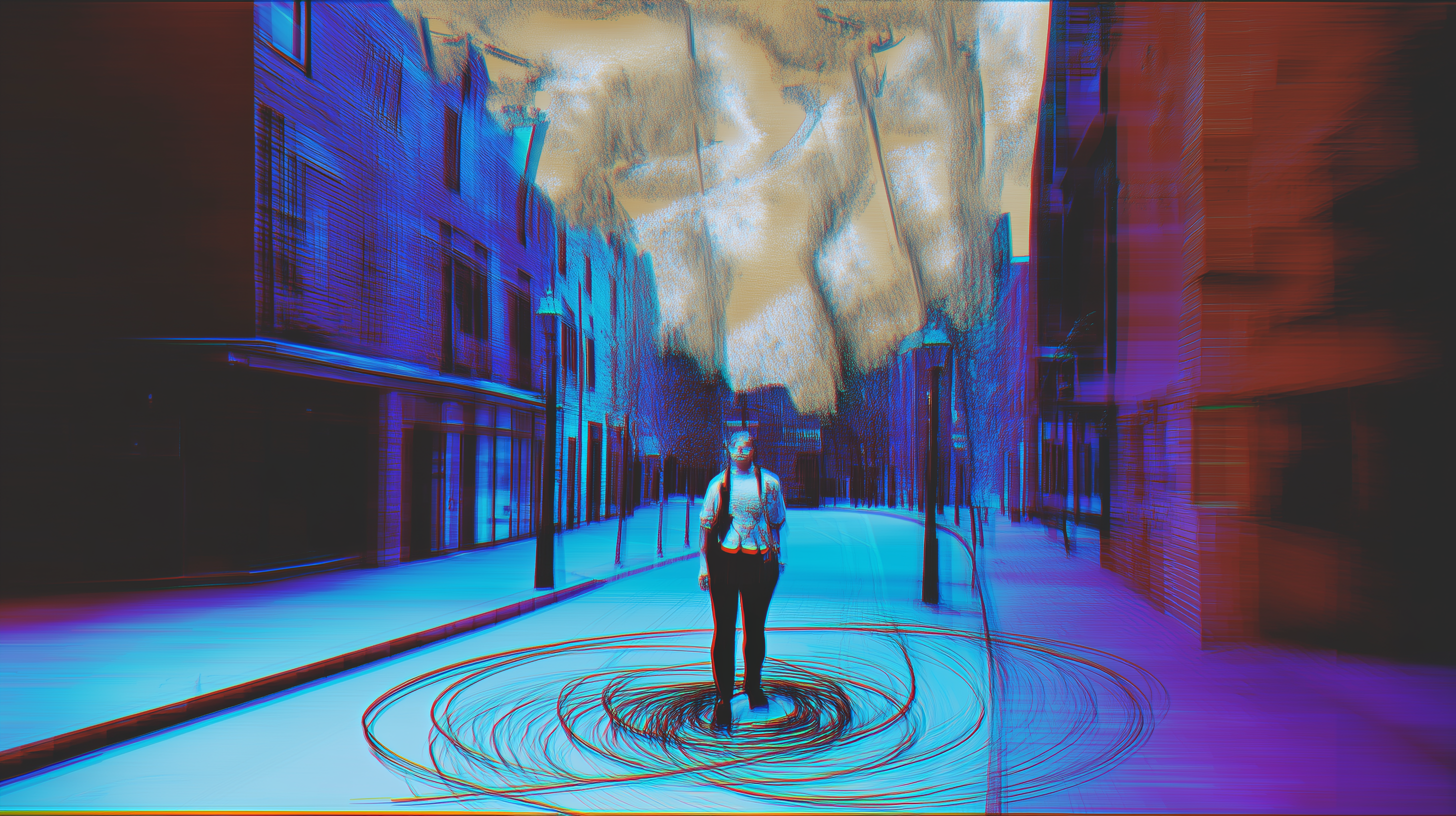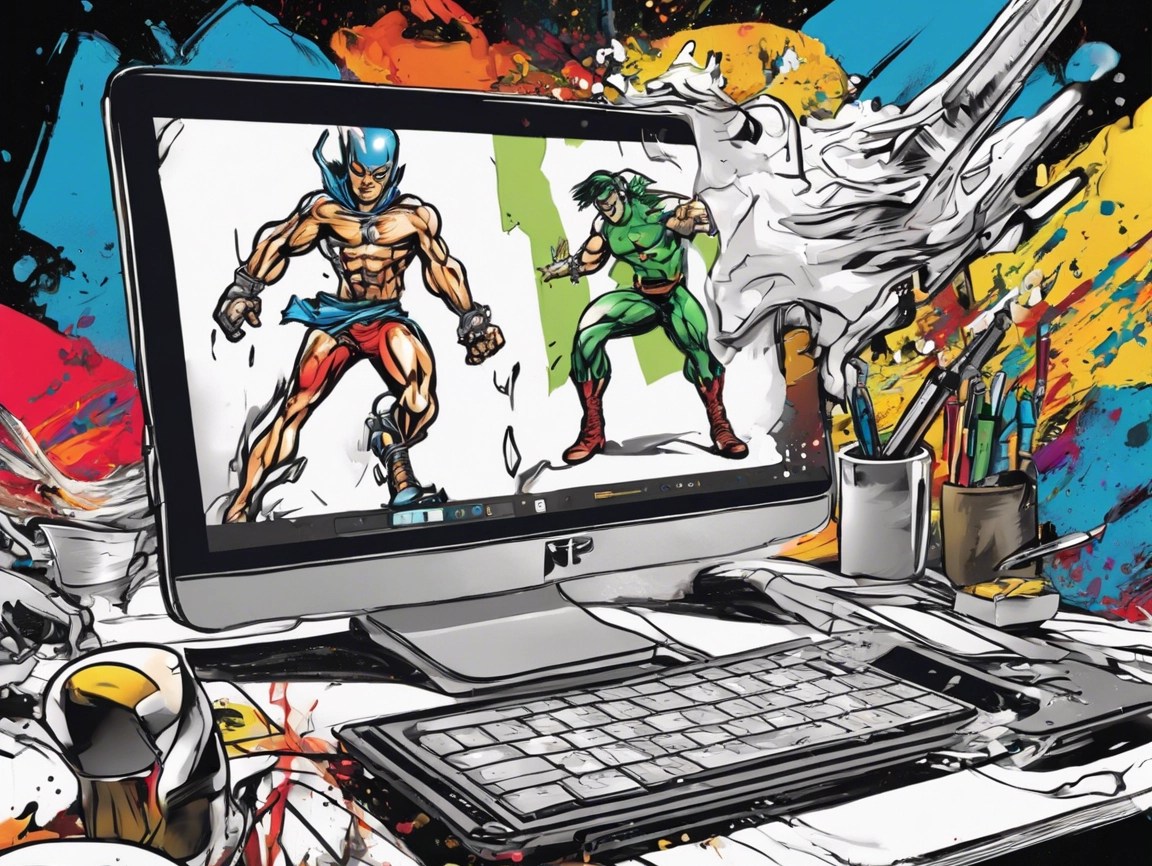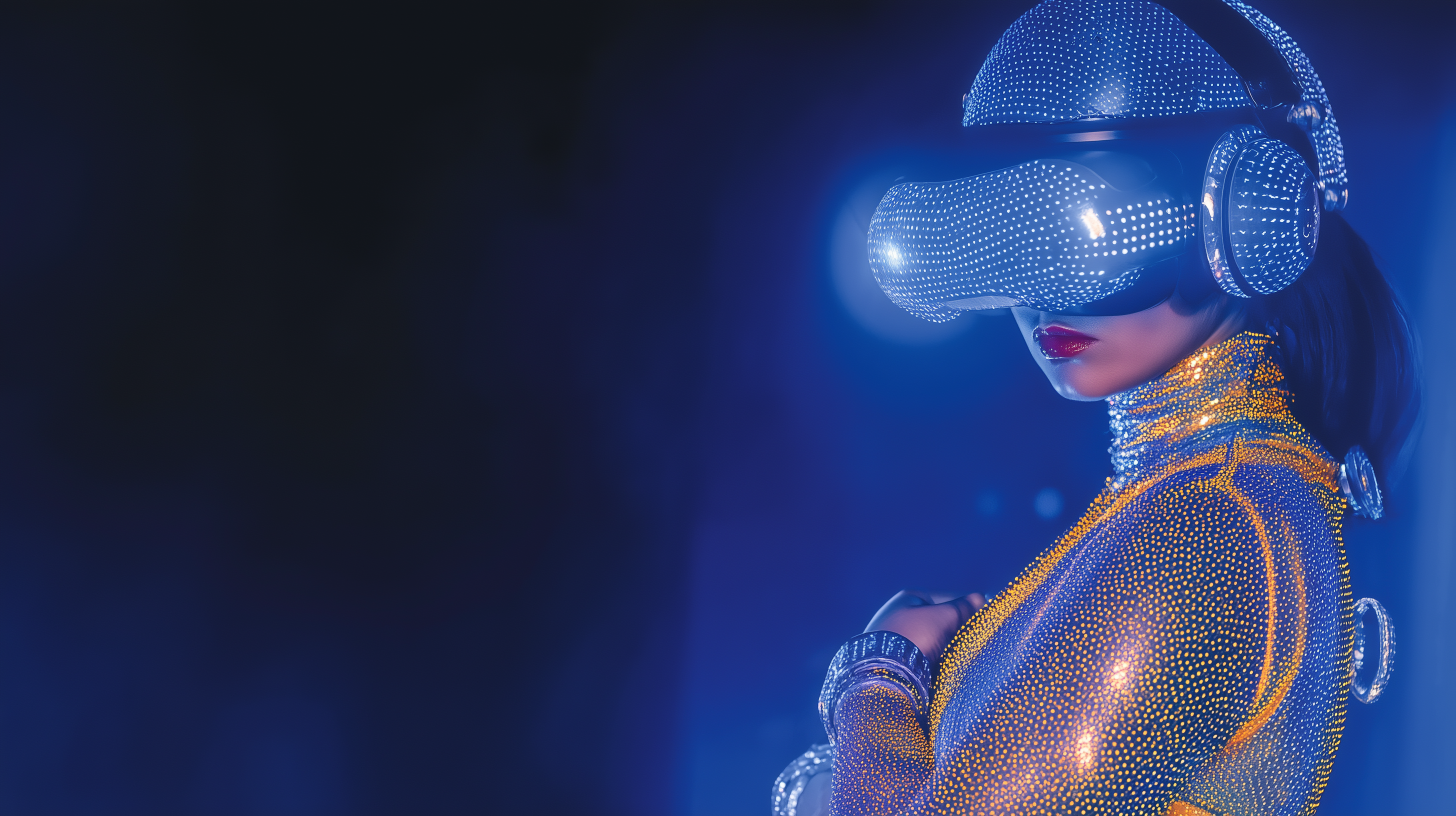
The Moment You Forgot Might Have Been Deleted on Purpose
Author: Isla Rey Some moments vanish quietly. You glance at the clock, it’s 3:12. You blink, stretch, check again and

By Christopher Langsly
In recent years, digital art has surged in popularity, captivating artists and audiences alike. This form of artistic expression, created using digital technology, has become a mainstay in contemporary art culture. But what makes digital art so appealing?
One of the key reasons for the rise in digital art’s popularity is its accessibility. Traditional art often requires various materials like canvases, paints, and brushes, which can be costly and cumbersome. Digital art, on the other hand, can be created using devices that many people already own, such as tablets, computers, or smartphones. Software and apps like Procreate, Adobe Photoshop, and Krita provide powerful tools for creating art without the need for physical supplies.
Digital art offers unparalleled versatility. Artists can experiment with different styles, colors, and techniques without the limitations imposed by traditional media. Mistakes can be easily undone with a click, layers allow for complex compositions, and effects can be applied effortlessly. This flexibility encourages experimentation and creativity.
As technology continues to evolve, so does the potential for digital art. Integration with virtual reality (VR) and augmented reality (AR) opens new dimensions for artistic expression. Artists can create immersive experiences that were previously unimaginable, blending the physical and digital worlds in unique ways.
The digital art community is vast and connected. Social media platforms, online galleries, and art-sharing websites allow artists to showcase their work to a global audience. This exposure can lead to collaboration, feedback, and even monetization opportunities. Communities like DeviantArt, ArtStation, and Instagram serve as hubs for artists to share their work, learn from others, and grow their audience.
The first step in creating digital art is selecting the right tools. Beginners don’t need to invest in expensive equipment immediately. Many start with what they have and upgrade as they progress.
Understanding fundamental art concepts is crucial, even in the digital realm. Study basics like anatomy, color theory, composition, and perspective. There are countless online tutorials, courses, and YouTube channels dedicated to teaching these principles.
Consistency is key in developing any skill. Set aside dedicated time for practice. Don’t be discouraged by initial results; improvement comes with time and effort. Try replicating works you admire to understand techniques and gradually develop your own style.
Join online forums, social media groups, and art communities. Engage with other artists, seek feedback, and participate in challenges or collaborations. Platforms like Reddit’s r/ArtFundamentals, the ArtStation community, and Instagram hashtags (#digitalart, #artistsoninstagram) are great starting points.
Digital art allows for endless experimentation. Don’t be afraid to try different styles, genres, and techniques. Over time, you’ll discover what resonates with you and develop a unique artistic voice.
Regularly expose yourself to different forms of art. Visit online galleries, follow your favorite artists, and explore various genres. Inspiration can come from anywhere, and the more you see, the more ideas you’ll generate for your own work.
Digital art’s popularity is driven by its accessibility, versatility, and integration with modern technology. For beginners, starting in digital art has never been easier. With the right tools, consistent practice, and engagement with the artistic community, anyone can develop their digital art skills and find their place in this vibrant and evolving field. So, grab your tablet or stylus, dive into tutorials, and start creating your digital masterpieces today!

Author: Isla Rey Some moments vanish quietly. You glance at the clock, it’s 3:12. You blink, stretch, check again and

Author: Isla Rey Abstract Coincidences, those improbable alignments of events that seem too precise to be mere chance, have long